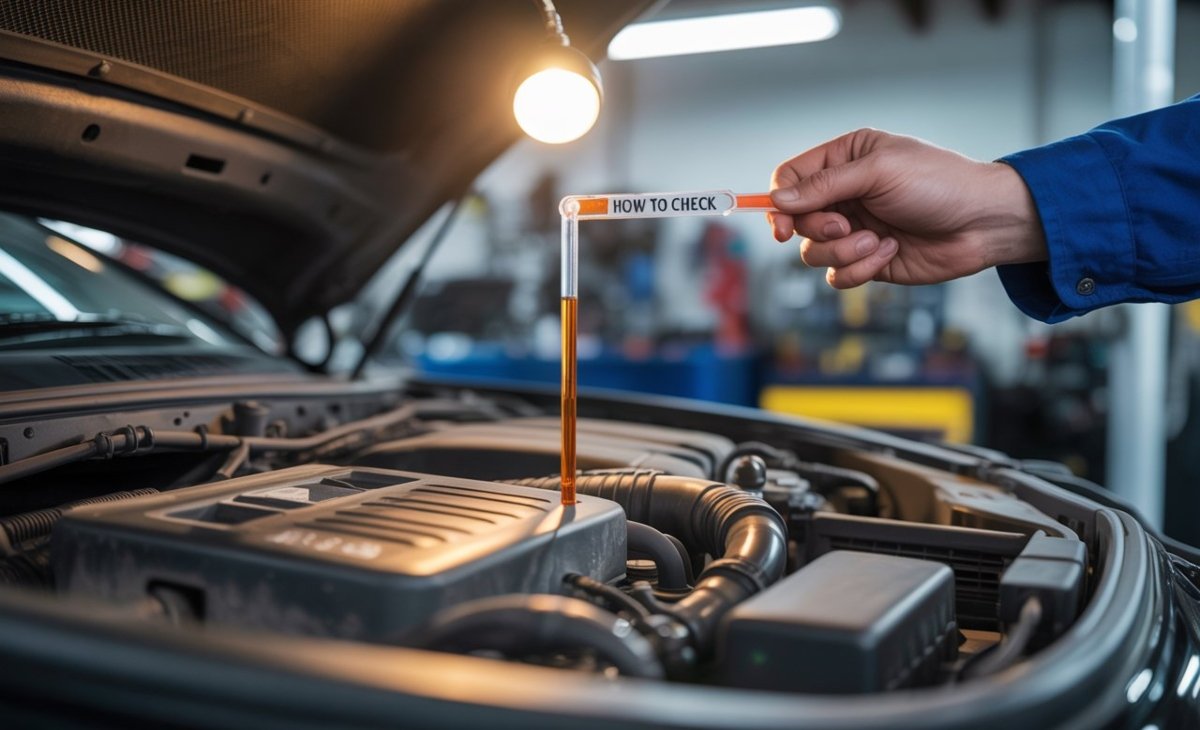Wondering how to check transmission fluid without a mechanic’s help? Good news: it’s easier than you think. Transmission fluid keeps your car’s gears shifting smoothly, prevents overheating, and protects vital components. Neglecting it can lead to costly repairs or even transmission failure. In this guide, you’ll learn how to check transmission fluid safely and accurately, plus tips to maintain it for long-lasting performance.
What Is Transmission Fluid?
Transmission fluid is a specially formulated oil that lubricates, cools, and powers your vehicle’s transmission system. Whether you drive an automatic or manual, this fluid reduces friction, ensures smooth gear shifts, and prevents wear. Over time, it breaks down, loses viscosity, and collects debris—making regular checks essential for a healthy drivetrain.
Why Checking Transmission Fluid Matters
A well-maintained transmission fluid level is critical for vehicle health. Here’s why:
- Prevents Overheating: Low fluid can cause excess heat and damage internal parts.
- Ensures Smooth Shifts: Proper levels keep gear changes seamless.
- Extends Transmission Life: Regular checks help you catch leaks early, saving you from costly rebuilds.
Ignoring this maintenance can lead to slipping gears, rough shifting, or total transmission failure—repairs that often cost thousands.
When and How Often to Check Transmission Fluid
Most manufacturers recommend checking every 30,000 to 60,000 miles or once a month if you drive in extreme conditions (towing, stop-and-go traffic, or hot climates). Always refer to your owner’s manual for the exact schedule.
How to Check Transmission Fluid: Step-by-Step
1. Park on a Level Surface
Ensure the car is on a flat area and the parking brake is engaged to get an accurate reading.
2. Warm Up the Engine
Transmission fluid expands when warm. Start the engine, let it idle for a few minutes, and shift through all gears before leaving it in Park.
3. Locate the Dipstick
Open the hood and look for the transmission dipstick—usually labeled and near the back of the engine. Some newer cars have sealed transmissions, so check your manual if you don’t see one.
4. Pull and Wipe
Remove the dipstick, wipe it clean with a lint-free rag, then reinsert it fully.
5. Read the Level
Pull it out again and inspect the markings. The fluid should fall within the “Full” range. If it’s below, you’ll need to add the recommended fluid type.
Checking Fluid Condition
Level isn’t the only thing that matters. Examine the fluid’s color and smell:
- Healthy Fluid: Bright red or pink with a slightly sweet scent.
- Needs Attention: Dark brown or burnt smell indicates overheating or contamination.
If you notice debris or a burnt odor, schedule a professional inspection.
Adding Transmission Fluid
If the level is low, use a funnel to add the correct type—refer to your manual for specifications. Add small amounts and recheck until it’s within range. Avoid overfilling, as that can cause foaming and pressure issues.
Maintenance Tips for Long-Lasting Performance
- Schedule a full fluid change every 30,000–60,000 miles.
- Inspect for leaks after long drives.
- Use only the manufacturer-recommended fluid type.
- Avoid aggressive driving that strains the transmission.
Cost of Professional Checks
A basic transmission fluid check at a shop typically costs $50–$100. A complete fluid change or flush can range from $150 to $300 depending on the vehicle and location.
The Bottom Line
Knowing how to check transmission fluid is an easy but vital skill every car owner should master. Regular checks keep your transmission cool, protect your gears, and save you from expensive repairs. Grab a rag, follow these steps, and give your car the attention it deserves—your wallet will thank you later.
Common Problems & FAQs
What if My Car Has No Dipstick?
Some modern vehicles have sealed systems requiring professional service. Check your owner’s manual for the proper procedure.
Can I Drive with Low Transmission Fluid?
It’s risky. Driving low can cause overheating and permanent damage. Top it up as soon as possible.
How Do I Know If My Transmission Is Leaking?
Look for red or brown puddles under the car and pay attention to delayed or rough shifting.





